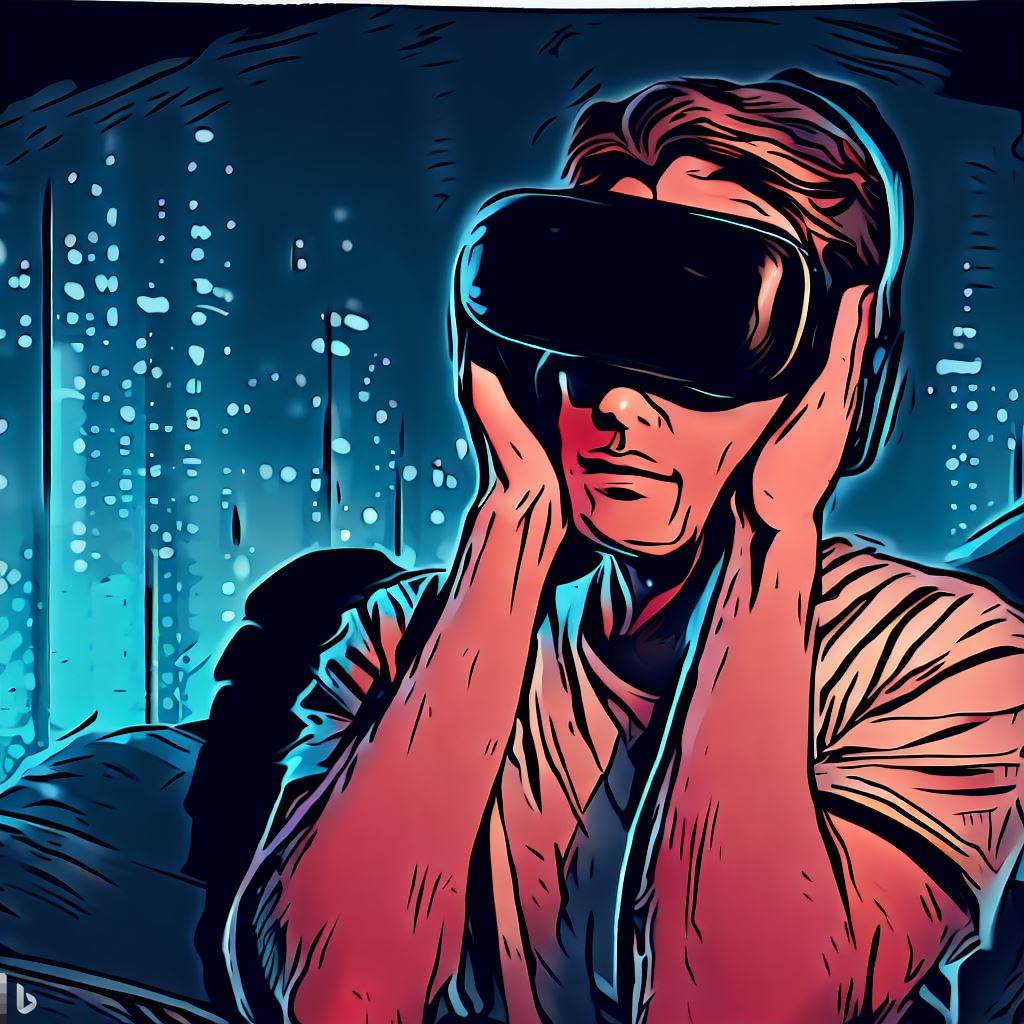There’s no universal answer to how long you should play VR each day, as it varies based on individual preferences and tolerance. It’s recommended to take frequent breaks, set time limits, and engage in diverse activities to maintain a healthy balance and avoid potential health issues. Ultimately, listening to your body and monitoring how you feel during and after VR use is key.
Welcome, fellow VR enthusiasts! If you’re anything like me, you’ve probably wondered, “How long should I play VR a day?” 🤔 Fear not, for I have embarked on a mission to help you find the perfect balance between diving into virtual worlds and staying grounded in reality. Through my journey, I’ve discovered the importance of understanding the potential pitfalls of spending too much time in VR while also appreciating the incredible experiences this technology has to offer.
So, grab your favorite VR headset, and let’s explore the ins and outs of managing your virtual reality escapades. Together, we’ll navigate the delicate art of balancing immersive experiences with real-life responsibilities, all while maintaining our health and well-being. Ready to dive in? Let’s go! 🎮
Health and Comfort: VR’s Impact on Your Well-being
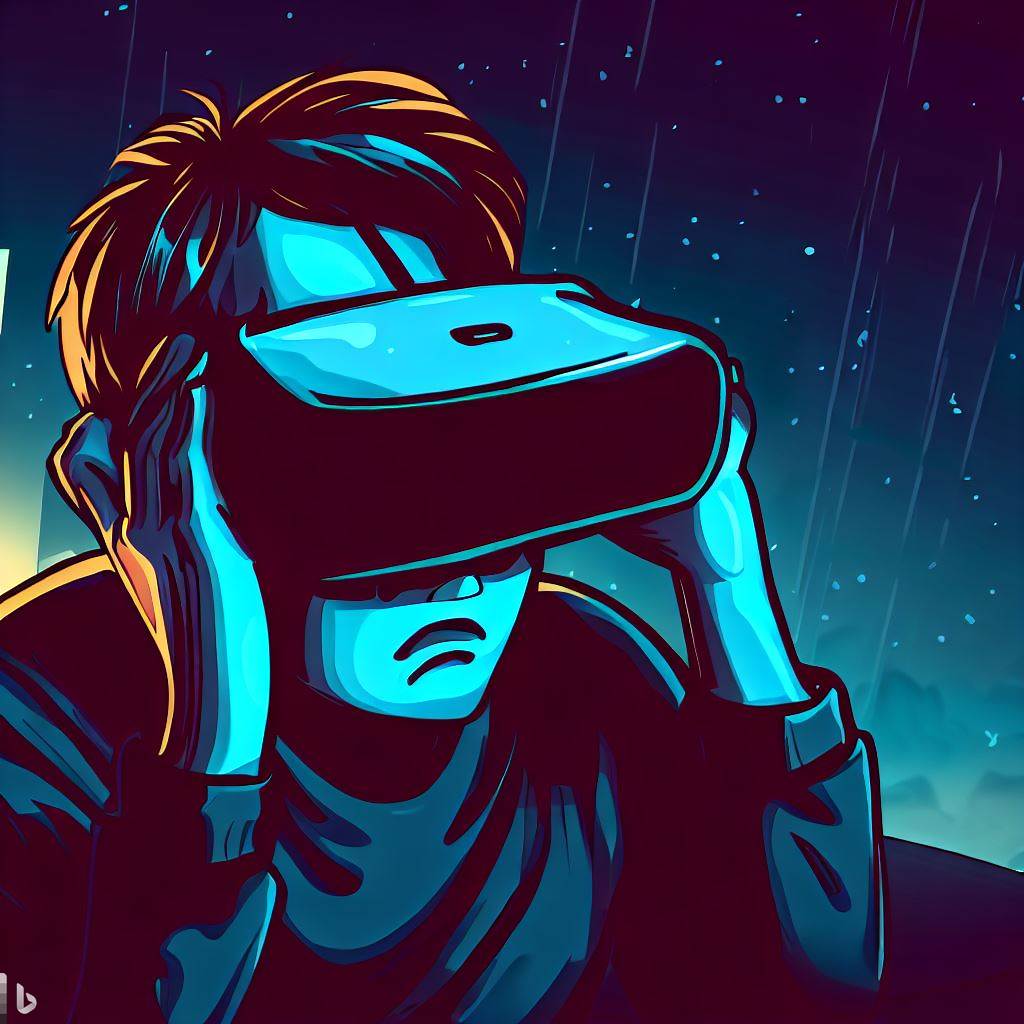
When it comes to using virtual reality, your health and comfort should always be top priorities. Spending extended periods in VR can have a range of consequences on your well-being, and it’s crucial to be aware of these factors. Let’s dive into some key health considerations and explore how they might influence your daily VR usage.
VR Sickness: Nausea and Disorientation 😵
One of the most common health concerns associated with VR is VR sickness. This phenomenon, often characterized by feelings of nausea, dizziness, or disorientation, can occur when your brain perceives a mismatch between the visual cues from the VR environment and the physical sensations from your body. To minimize the risk of VR sickness:
- Take regular breaks: Give your brain and body time to recalibrate by stepping out of the virtual world periodically.
- Start slow: If you’re new to VR, ease into the experience by trying less intense games or experiences first, gradually building up to more immersive content.
Eye Strain and Fatigue 👀
Staring at a screen for extended periods can lead to eye strain and fatigue, and VR is no exception. To protect your eyes and maintain visual comfort, consider these tips:
- Blink regularly: Blinking helps to lubricate your eyes and reduce the risk of dryness and irritation.
- Adjust headset settings: Make sure your VR headset is properly fitted and aligned to minimize eye strain.
Physical Health: Aches, Pains, and Sedentary Concerns 🏃♂️
While some VR experiences can be quite active, others may involve long periods of sitting or standing still. Prolonged inactivity can contribute to a range of health issues, such as poor posture, muscle stiffness, or even more serious concerns like deep vein thrombosis. To combat these potential problems:
- Stretch and move: Remember to stretch your muscles and change positions regularly while using VR.
- Mix it up: Incorporate more active VR experiences into your routine to promote physical movement and fitness.
By paying attention to your health and comfort, you can ensure that your virtual reality adventures remain enjoyable and beneficial for your overall well-being. Stay aware, and remember that moderation is key! 🌞
Setting Boundaries: Establishing Time Limits for VR Usage
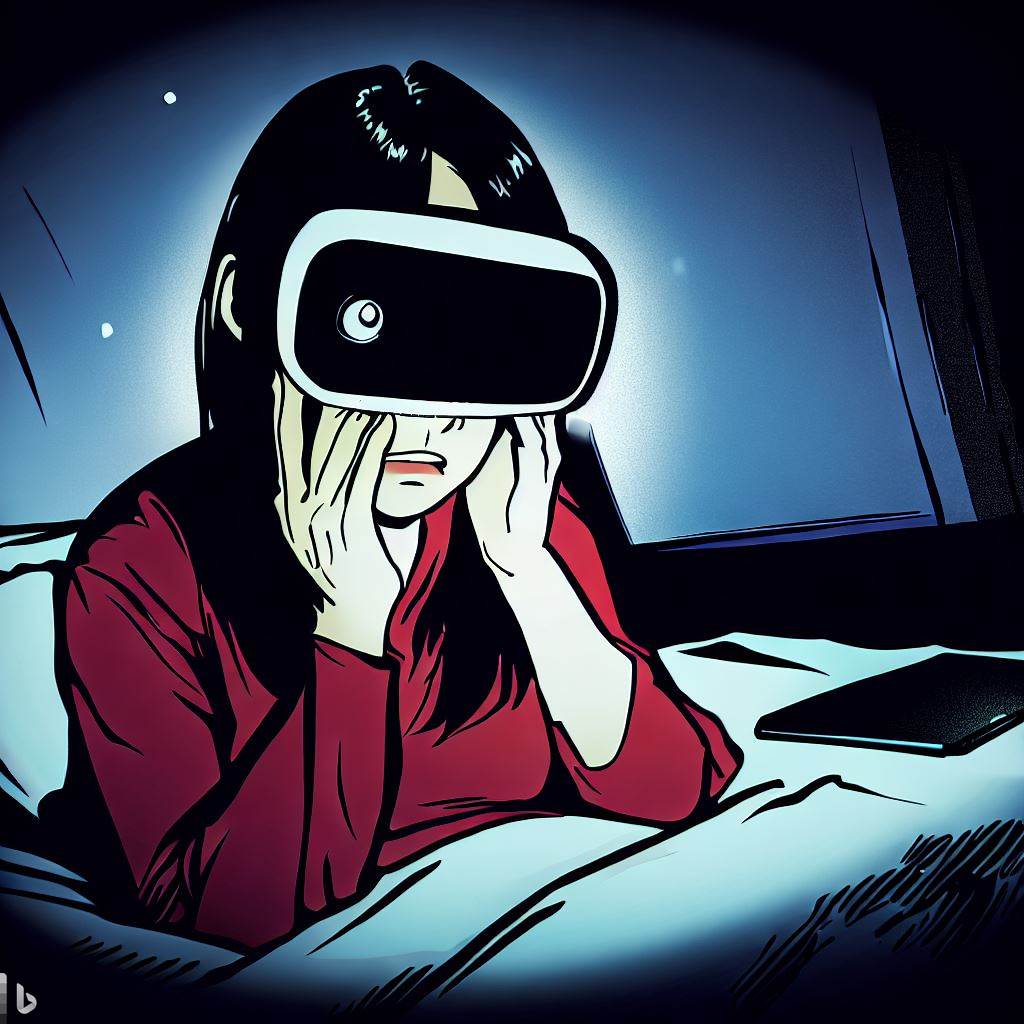
Finding the perfect balance between enjoying virtual reality and staying grounded in the real world can be quite the juggling act. One essential strategy to help you maintain this balance is setting boundaries and establishing time limits for your daily VR usage. So, how can you determine the ideal amount of time to spend in VR? Let’s break it down with some snazzy tips and tricks!
Know Thyself: Assessing Your Personal Needs and Tolerance 🧘
First and foremost, it’s crucial to recognize that everyone’s tolerance for VR is different. Some individuals can comfortably spend hours in virtual worlds, while others may feel the effects of VR sickness or fatigue after just a short session. To determine your ideal VR time limit:
- Monitor your body: Pay close attention to how you feel during and after your VR sessions. If you experience any discomfort or fatigue, consider reducing your playtime.
- Reflect on your experiences: Take note of the types of VR experiences that leave you feeling refreshed and invigorated versus those that may cause discomfort or exhaustion.
Divide and Conquer: Breaking Up Your VR Time 🕰️
Instead of engaging in lengthy, marathon-like VR sessions, consider breaking up your playtime into smaller chunks. This approach can help you:
- Stay fresh and alert: Shorter VR sessions can reduce the risk of fatigue and maintain your focus and energy.
- Enjoy more varied experiences: By breaking up your VR time, you can explore a greater variety of games and experiences, keeping things fresh and exciting.
Scheduling Smarter: Making Time for Real Life ⏰
Another key aspect of setting boundaries is ensuring that your VR usage doesn’t interfere with your real-life responsibilities and relationships. To strike the right balance:
- Schedule your VR time: Designate specific times of day for your VR sessions, taking into account work, school, and social commitments.
- Prioritize real-life connections: Make a conscious effort to maintain strong relationships with friends and family outside of the virtual world.
By establishing time limits and setting boundaries for your VR usage, you can enjoy the best of both worlds – immersive virtual experiences and a fulfilling real-life existence. Now that’s what I call a winning strategy! 🎯
Juggling Responsibilities: Balancing VR with Work, School, and Relationships
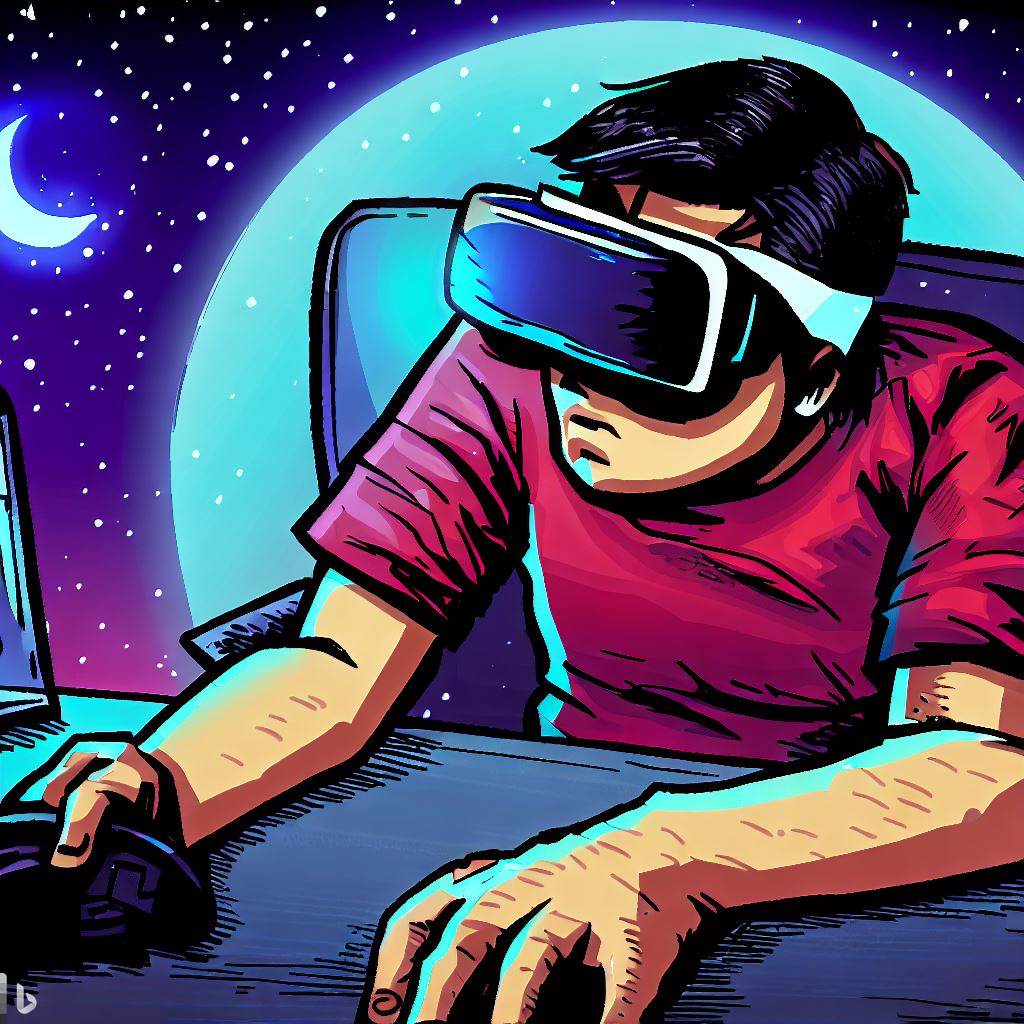
Let’s face it, striking the perfect balance between VR escapades and real-life commitments can feel like a high-stakes juggling act. But fear not! We’ve got some cool strategies to help you maintain harmony between your virtual adventures and your everyday responsibilities, all while keeping things fresh and stylish.
Work-Life-VR Balance: Mastering the Art
When it comes to balancing work, life, and VR, the key is to create a solid plan that ensures each aspect receives the attention it deserves. Here’s a nifty 3-step process to get you started:
- Prioritize: Rank your responsibilities and commitments, from the most critical to the least.
- Organize: Allocate time for each priority, ensuring that essential tasks are addressed before diving into VR.
- Revise & Adjust: Periodically review and modify your plan to accommodate changing priorities and keep things running smoothly.
The Scholar’s Guide to VR: School Edition
If you’re a student, balancing VR with your academic pursuits can be particularly challenging. To stay on top of your studies while still enjoying virtual reality, consider these school-savvy tips:
- Study first, play later: Use VR as a reward for completing your assignments or studying for exams.
- VR study breaks: Take advantage of the immersive nature of VR to recharge your brain during study breaks. Just remember to set a timer to keep your breaks in check!
Relationship Goals: Staying Connected in the Real World 💞
Maintaining strong connections with friends and family is essential, even when you’re immersed in virtual worlds. To ensure your relationships don’t take a backseat to your VR experiences, try these relationship-enhancing tactics:
- Share the VR love: Introduce your loved ones to the world of virtual reality and explore new experiences together.
- Schedule quality time: Plan regular real-life social activities and gatherings, making a conscious effort to stay connected with your social circle.
By mastering the art of juggling your responsibilities, you can ensure that your virtual reality adventures enhance, rather than detract from, your real-life experiences. Go forth, and conquer that balancing act like a pro! 🌟
The Importance of Variety: Engaging in Diverse Activities Beyond VR

As the saying goes, “Variety is the spice of life,” and this couldn’t be more true when it comes to balancing virtual reality with other pursuits. Engaging in a wide range of activities outside of VR not only helps maintain a healthy balance but also keeps life interesting and fulfilling. Let’s explore some of the benefits of diversifying your activities and some suggestions for things to do beyond VR.
Why Variety Matters 🎯
Focusing solely on virtual reality can lead to an imbalanced lifestyle, potentially affecting your well-being, relationships, and personal growth. By engaging in diverse activities, you can:
- Boost your creativity: Exploring new hobbies, interests, and experiences can stimulate your creativity and inspire fresh ideas.
- Expand your social circle: Participating in group activities or clubs can help you forge new connections and strengthen existing relationships.
- Improve your overall health: Pursuing physical activities and outdoor adventures can have a positive impact on your physical and mental health.
Diverse Activities to Explore 🏄♀️🎨🎸
Ready to add some variety to your life? Here are some ideas to get you started:
- Get active: Try a new sport, join a fitness class, or explore outdoor activities like hiking, cycling, or kayaking.
- Embrace your artistic side: Take up painting, drawing, photography, or even dance, and let your creativity shine.
- Learn something new: Sign up for a class or workshop to learn a new skill, like cooking, woodworking, or a foreign language.
- Volunteer: Give back to your community by volunteering your time and talents to a cause that resonates with you.
- Socialize: Attend local events, join clubs, or participate in meetups to connect with others who share your interests.
By incorporating a variety of activities into your life, you can achieve a well-rounded and fulfilling lifestyle that extends far beyond the realms of virtual reality. Embrace the adventure, and discover the endless possibilities that await you! 🚀
Fostering a Healthy Relationship with VR: Tips for Mindful and Responsible Use
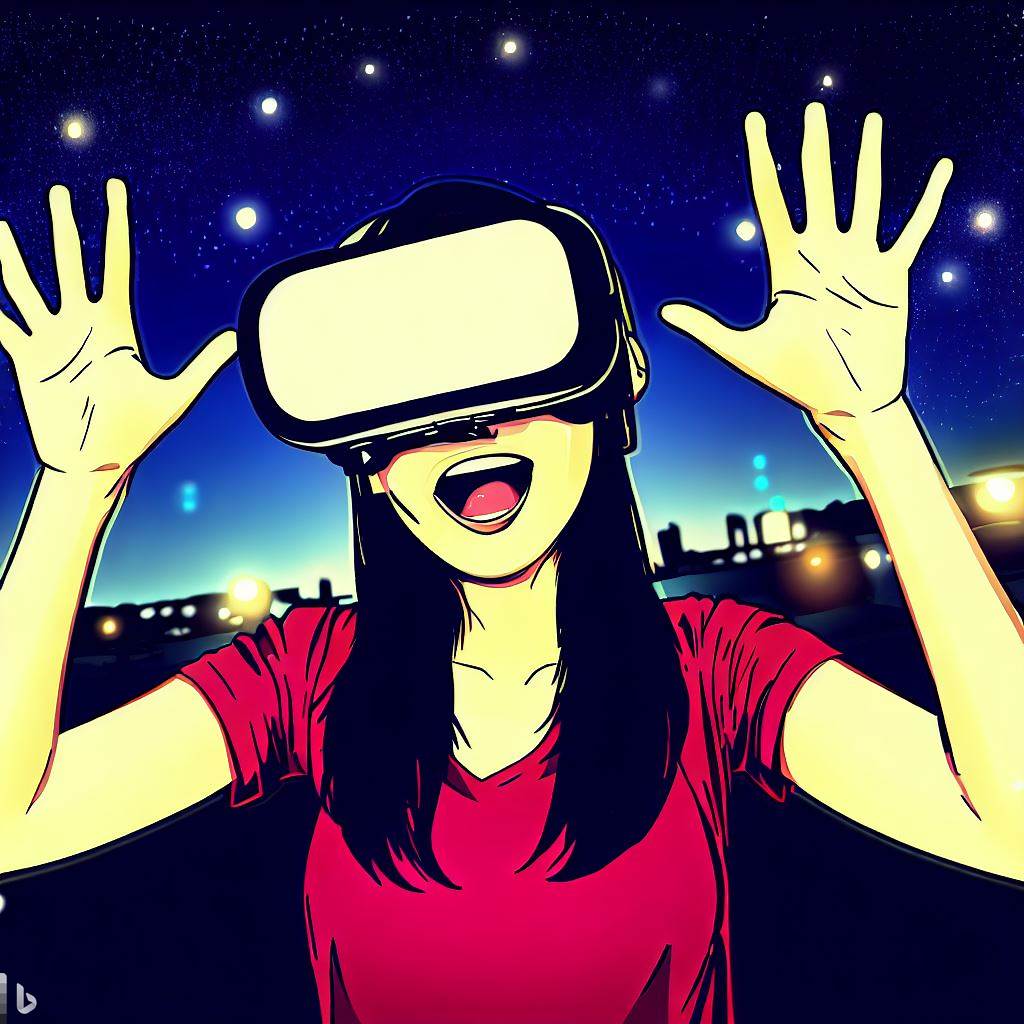
As with any technology, virtual reality can be both a blessing and a curse, depending on how it’s used. To ensure that you get the most out of VR while maintaining a healthy relationship with this technology, it’s important to practice mindful and responsible use. Here are some tips to help you do just that.
Set Clear Intentions: Why are You Using VR? 🤔
Before diving into VR, take a moment to reflect on why you’re using this technology. Are you seeking entertainment, relaxation, social connection, or educational opportunities? By setting clear intentions, you can focus your VR usage on activities that align with your goals and values, rather than getting lost in aimless wandering.
Choose Your Content Wisely: Quality Over Quantity 🌟
Not all VR experiences are created equal. Some are designed to entertain, while others provide educational or therapeutic benefits. To ensure that your VR experiences are enriching and beneficial, take the time to research and select quality content that aligns with your goals and interests. Remember, it’s not about the quantity of experiences you have, but the quality of those experiences.
Stay Connected to the Real World: VR is a Tool, Not a Substitute 🌎
Virtual reality is a powerful tool, but it’s essential to remember that it’s just that – a tool. It should never be used as a substitute for real-world experiences or relationships. To maintain a healthy balance:
- Take regular breaks from VR to engage in real-world activities and connections.
- Set limits on your VR usage to ensure that it doesn’t interfere with real-life responsibilities or relationships.
- Use VR to enhance, rather than replace, real-world experiences, such as exploring new places, learning new skills, or connecting with others.
Practice Mindfulness: Awareness is Key 🧘
Mindfulness is the practice of being present and aware in the moment, without judgment or distraction. By practicing mindfulness during your VR sessions, you can increase your awareness of your body, mind, and surroundings, promoting a healthy and positive experience. To cultivate mindfulness during VR use:
- Take breaks to check in with your body and mind, noting any discomfort or fatigue.
- Practice breathing exercises or meditation before and after VR sessions to promote relaxation and mental clarity.
- Set an intention to be present and engaged in the moment during your VR experiences, rather than getting lost in distractions or impulses.
By fostering a healthy relationship with VR through mindful and responsible use, you can enjoy the benefits of this technology while staying grounded in reality. Remember, the key is balance, awareness, and intentionality.
Happy exploring! 🚀

